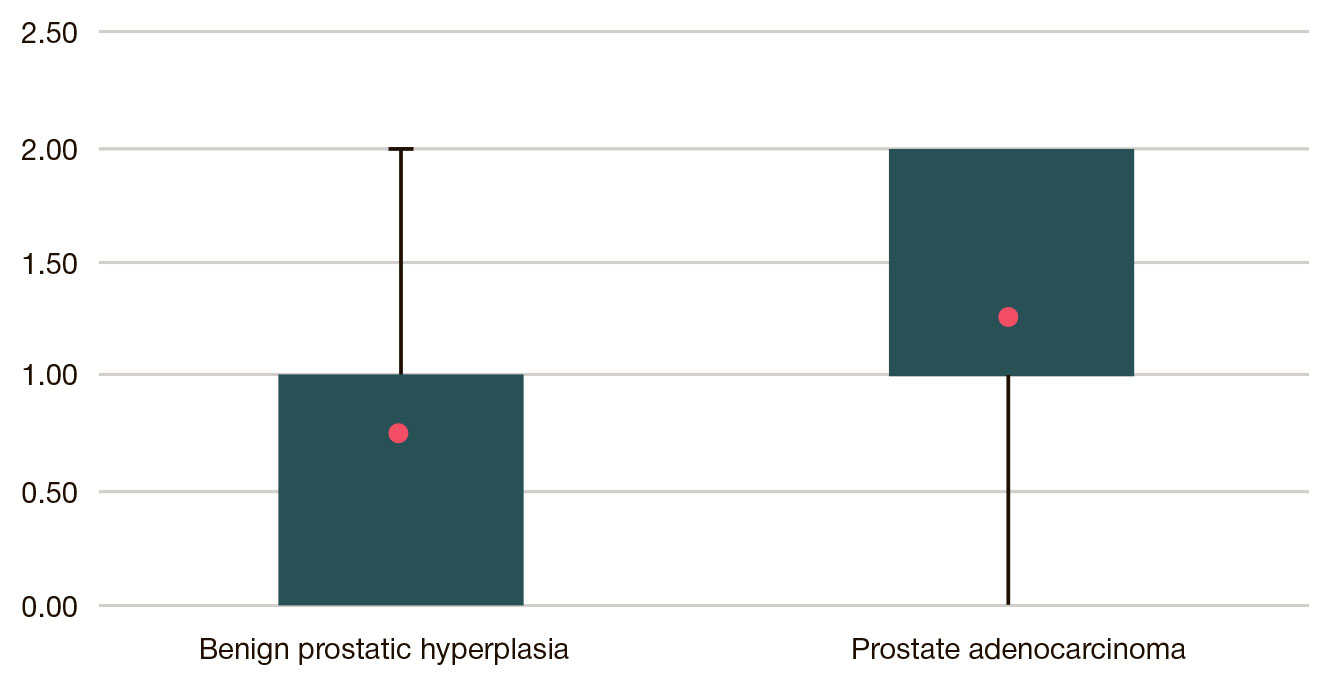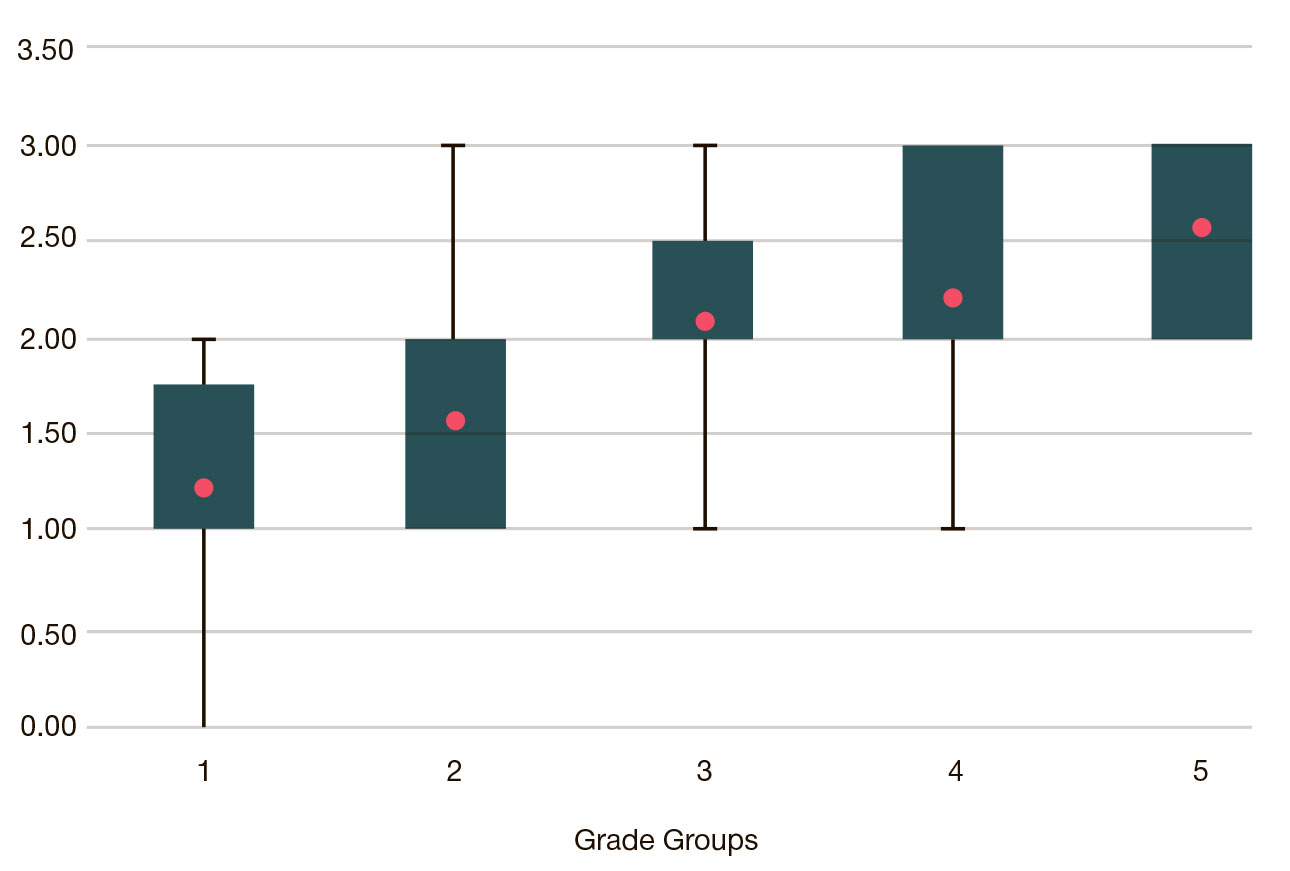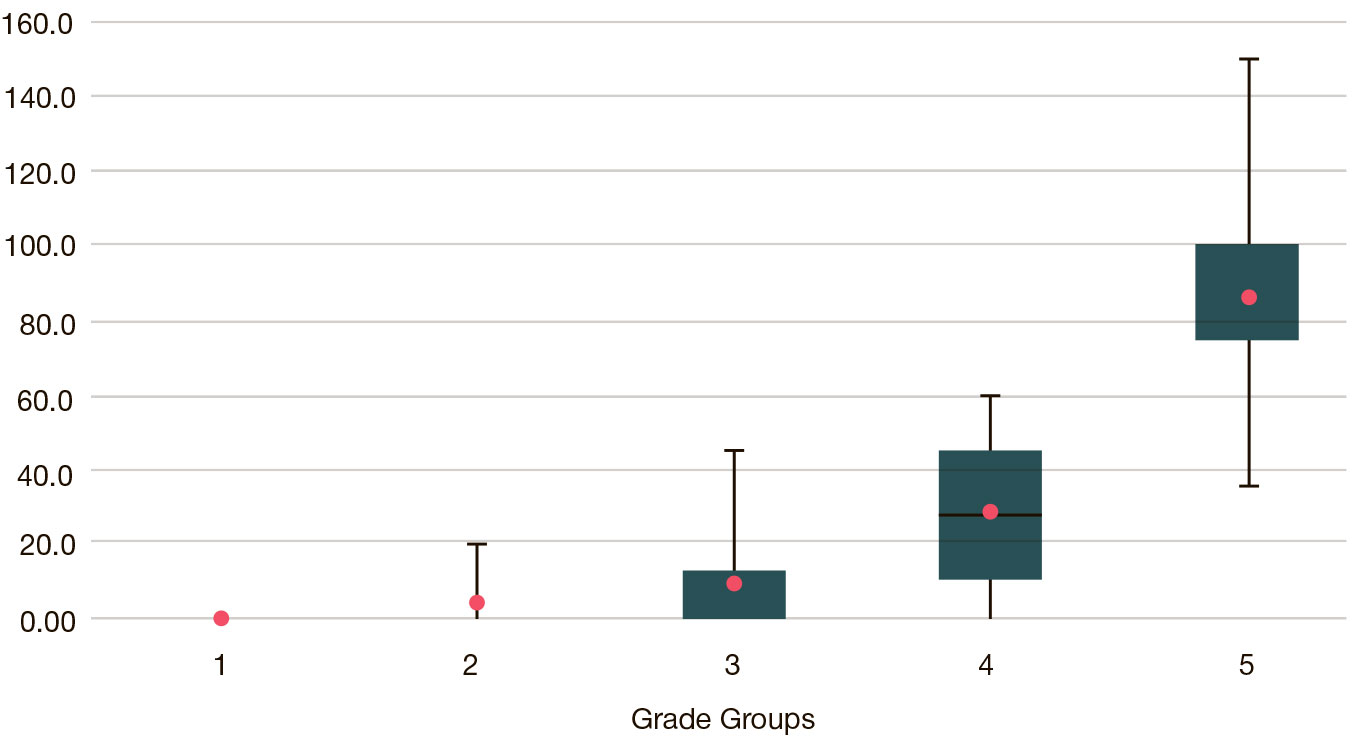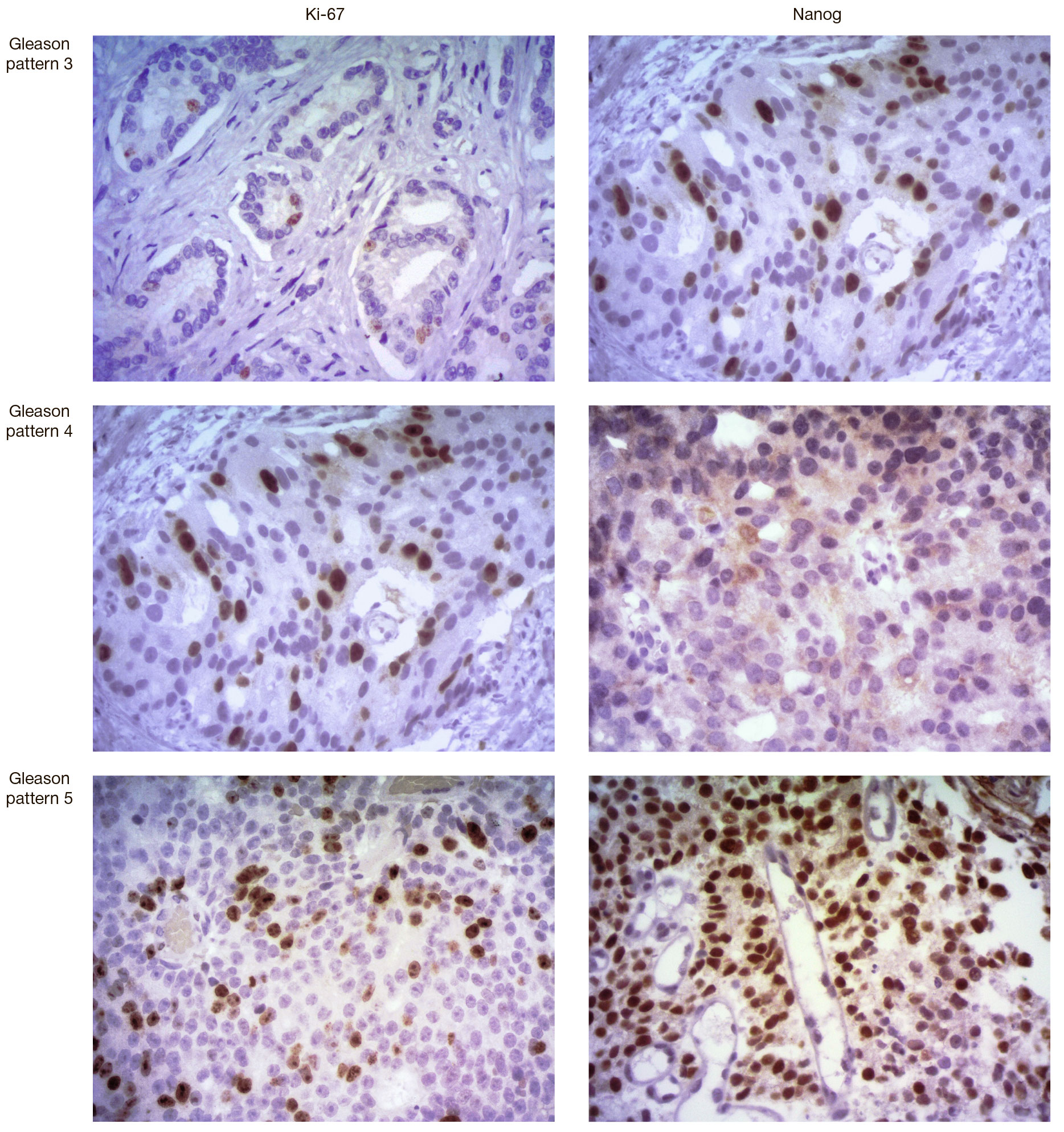
This article is an open access article distributed under the terms and conditions of the Creative Commons Attribution license (CC BY).
ORIGINAL RESEARCH
Immunohistochemical expression of Nanog protein in prostate cancer cells of distinct grade groups
1 Peoples’ Friendship University of Russia, Moscow, Russia
2 Research Institute of Human Morphology, Moscow, Russia
3 Hospital for War Veterans № 2, Moscow, Russia
Correspondence should be addressed: Georgy Yu. Kudryavtsev
Baikalskaya, 35, apt. 216, Moscow, 107207; ur.liam@ahsogk
Compliance with ethical standards: the study was approved by the Ethics Committee of Medical Institute of the Peoples' Friendship University of Russia (protocol № 13 dated December 19, 2019); the study design was consistent with the Declaration of Helsinki guidelines regarding the research involving identifiable human tissue samples. The informed consent was submitted by all patients.
Author contribution: Kudryavtsev GYu, Kudryavtsevа YaYu, Solovyeva NA — literature survey, manuscript writing; Kudryavtseva LV, Osipov VA — statistical data processing; Mikhaleva LM — sample collection and processing; Babichenko II — study concept and design.





